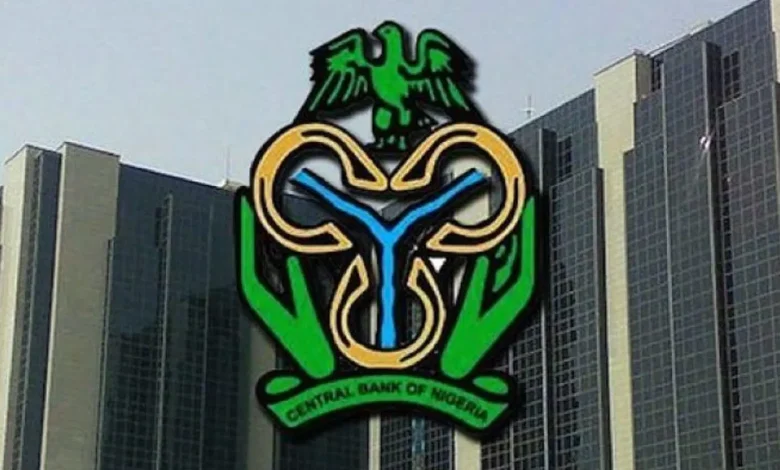
The Central Bank of Nigeria (CBN) has recorded a historic high of N1.2 trillion in loans to banks within the first seven days of 2025, highlighting a significant liquidity squeeze in the banking sector.
This surge represents the largest loan amount in five years and marks a staggering 961.3 percent increase from the N114.2 billion in loans reported during the same period in 2021, according to data from the CBN.
The increase in borrowing, known as the standing lending facility (SLF), underscores the financial pressures banks are facing due to tightening monetary policies, economic challenges, and regulatory requirements.
Analysts have linked the rising demand for these loans to liquidity constraints and the depreciation of the naira. Over the last few years, the naira has weakened by more than 74 percent, which has escalated the funding needs of businesses, including banks. The sharp depreciation is reflected in the dramatic rise in the loans taken from the CBN.
The SLF is a monetary policy tool used by central banks to provide short-term funds to commercial banks, ensuring liquidity and financial stability in the banking system.
On an annual basis, the N1.2 trillion borrowed by banks in the first week of 2025 marks a 700.9 percent increase compared to the N151.3 billion borrowed in the same period in 2024. A year-on-year comparison of bank borrowings over the past five years reveals a steady increase: N114.2 billion in 2021, N48.1 billion in 2022, N329.2 billion in 2023, and N151.3 billion in 2024.
The managing director of Financial Derivatives Company Limited Bismarck Rewane, previously noted that banks had been borrowing heavily from the CBN to purchase foreign exchange (FX), a practice that had fueled inflation and placed added pressure on the naira. He explained that the recent adjustments to the monetary policy rate (MPR) by the CBN had led to higher borrowing costs, which could help reduce the demand for foreign currency and ease the pressure on the naira.
At the same time, the CBN has been implementing a contractionary monetary policy to tackle Nigeria’s soaring inflation, which reached 34.6 percent in November 2024. This includes raising the MPR, which stood at 27.50 percent as of November 2024. Higher interest rates result in increased borrowing costs, pushing banks to rely more on the SLF to meet short-term liquidity needs, according to analysts.
The banking system also experienced a liquidity deficit of N207.6 billion in early 2025, a sharp contrast to a surplus of N253.6 billion the previous month. This deficit has compelled banks to turn to the CBN for liquidity support.
In addition, the CBN has mandated that international banks increase their capital bases, requiring a minimum capital of N500 billion by March 2026. This directive has led banks to seek funding from the capital market, adjust balance sheets, and increase reliance on SLF loans.
With the MPR at elevated levels, banks face borrowing costs that exceed 30 percent, which could erode their profit margins. These higher costs may be passed on to consumers through increased lending rates, potentially reducing credit availability for businesses and individuals, and ultimately hindering economic growth.
As the CBN continues its policy adjustments, analysts suggest that the banking sector may become more cautious in its lending practices, which could have broader implications for the Nigerian economy.





